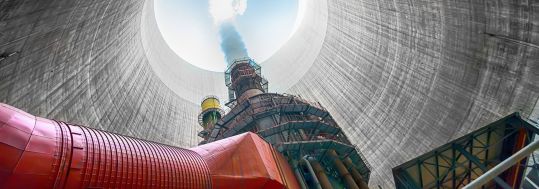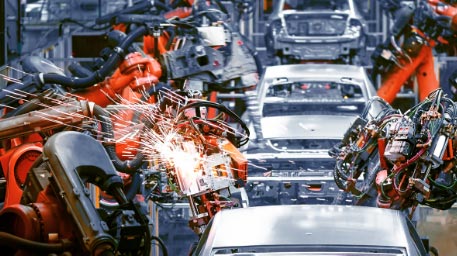
The UK’s nuclear industry is a hive of activity right now, both for decommissioning and new build. But what will the industry look like in 2028?
How much of our electricity does nuclear generate today?
Today, the UK has fifteen nuclear reactors over seven sites. They have a generating capacity of 10 GWe, supplying around 21% of our electricity. Our currently active sites are:
- Dungeness B
- Hartlepool
- Heysham 1 & 2
- Hinkley Point B
- Hunterston B
- Sizewell B
- Torness
How much of our power is nuclear likely to generate in 2028?
We will retire several of the current generation reactors within the next ten years. Hinkley Point B and Hunterston B will close in 2023; Hartlepool and Heysham 1 will close in 2024; and Dungeness B is set to close in 2028.
But we are set to replace these with new builds. The UK has planned a total of 19GW of capacity, with the first new reactors ready by the mid-2020s.
The most well-known nuclear new build in the UK right now is EDF Energy's Hinkley Point C in Somerset. It's the largest building site in Europe. It will consist of two EPRs (European Pressurised Reactors). HPC will generate 7% of the UK’s electricity alone.
EDF has proposed more reactors at Sizewell C in Suffolk and Bradwell B in Essex. Horizon is also proposing new reactors at Wylfa Newydd on the Isle of Anglesey, and at Oldbury in Gloucestershire. And NuGeneration plans a nuclear new build at Moorside near Sellafield, Cumbria.
These will be the first new nuclear reactors built in the UK since Sizewell B opened in 1995.
How many jobs are there in nuclear?
According to the Nuclear Industry Association, the nuclear industry employs 65,000 people in the UK today. This could double with the construction of new build projects.
Hinkley Point C is set to create 25,000 jobs alone in the build phase – 1,500 are working on site right now. There will be at least 3,000 permanent roles to maintain them once open. Then there's the wider supply chain supporting them to consider.
We'll also need more people to decommission the plants closing within the next decade.
What skills will we need and is there a nuclear skills gap?
It’s been over 20 years since we finished the last nuclear new build in the UK. As a result there is a shortage of nuclear expertise in the construction industry. Nuclear is a challenging sector due to the scale, wide scope and the fact it is a highly regulated industry.
Those supplying services to the nuclear industry are looking for staff from other highly regulated industries. This means experience in water and utilities, power and energy, defence, and those with skills in areas of engineering such as electronics. There is also a need for skilled commercial and administrative staff.
The government has recognised the need for new talent. The National College for Nuclear will usher in a new generation of nuclear engineers. There will also be over 1,000 apprenticeships available at Hinkley Point C.
What else is in the future of nuclear energy?
Several new nuclear technologies are currently being developed to improve the efficiency and cost of nuclear power in the future.
The UK government has made a recent award of funds to Rolls-Royce to develop their design for a Small Modular Reactor (SMR). SMRs will be much smaller and more compact than previous generations of power plants. They will be built in factories then assembled on site, reducing their cost and time to build considerably. Rolls-Royce hopes their SMR prototype could be generating power for the grid by 2030.
A long-held dream in the nuclear industry is fusion technology, promising unlimited self-sustaining energy. Researchers around the world, including at Culham Centre for Fusion Energy, are dedicated to making the technology commercially viable, and the Massachusetts Institute of Technology (MIT) has claimed it will be viable within 15 years.
How can I get a job in nuclear?
We are currently advertising many jobs in the nuclear industry across the UK. We work directly with a number of engineering and design consultancies on the nuclear supply chain and have developed a long-standing reputation for quality of service in the nuclear sector.
If you’re looking for permanent or contract work within nuclear, whether you have nuclear experience or not, you can find an opportunity via Millbank:
- View our current jobs in Nuclear - see the list below
- Upload your CV so we can contact you with new opportunities
- Call us on 01928 751000 to find out if we have any suitable roles immediately available





